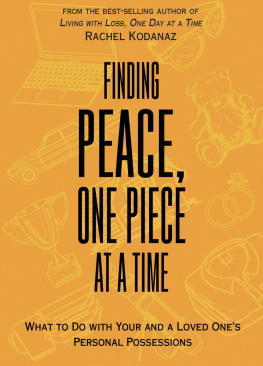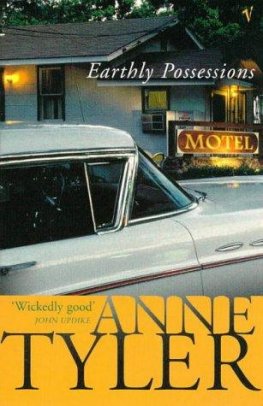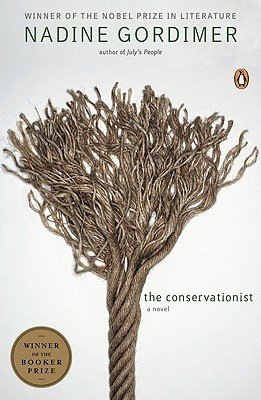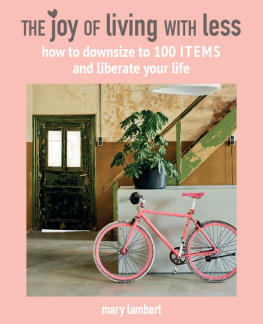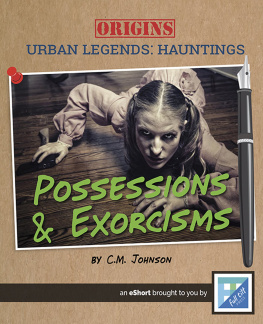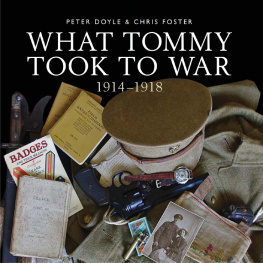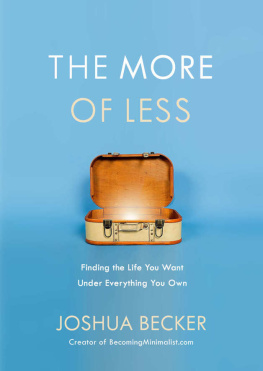

2019 Rachel Kodanaz
All rights reserved. No part of this book may be reproduced, stored in a retrieval system, or transmitted in any form or by any means, electronic, mechanical, photocopying, recording, or otherwise, without written permission from the publisher.
Library of Congress Cataloging-in-Publication Data
Is available from the Library of Congress.
Printed in the United States of America.
0 9 8 7 6 5 4 3 2 1
Fulcrum Publishing
4690 Table Mountain Drive, Suite 100
Golden, Colorado 80403
800-992-2908 303-277-1623
fulcrum.bookstore.ipgbook.com
Finding balance between logical and emotional thinking is a constant battle that we all face. As a beneficiary of some logical thinking in the face of unspeakable hardship, I am immensely grateful for the memories and objects that have survived since my fathers passing. When we think about the need to take care of ourselves in tragic moments, thinking of our future selves and families is just as important. As I continue to thank my mother, you will also find yourself giving self-thanks on many occasions.
With love and encouragement from Rachels daughter, Gretchen Blythe Kodanaz
CONTENTS
PREFACE
I cant remember whether I ever embraced material things as a child, or if I had a longing to connect either with my own possessions or those of my ancestors. Yes, I did treasure my bicycle, but not as a possession as a mode of transportation. I wasnt someone who collected music, girly things, or even clothing. My art projects came home from school but were not saved. My swim-team medals and ribbons went in a box, never to be opened. I have very few pictures of my childhood, as taking and sharing photographs were not what they are today. As a tomboy, I was satisfied playing stickball, swinging from monkey bars, or playing field games rather than collecting possessions. Growing up in a less-than-model household led me to value and rely on independence over material things.
When I left home for college, I packed all my possessions accumulated over the years into my car and brought them to my dorm room. The inventory was simple: clothing, a few books, my record albums, a turntable, and a few miscellaneous items with emotional value such as my high school yearbook, address book, and a few mementos from friends.
Never to return to my childhood home again, I continued to carry with me my minimal possessions. Of course, as I entered the real world with a real job I began collecting furniture, tchotchkes, and what would someday become my prized possessions. I viewed these items as an extension of my physical being; I didnt have emotional relationships with them. They were, at the time, mostly necessities.
As the years went on, the addition of my husband, Rod, and our baby expanded the collection of personal and family belongings, and it began to take on more emotional value. We took more family pictures, kept trinkets of our daughters birth and the curl from her first haircut, and collected other childhood memories. I still remained a minimalist, favoring experience over items of convenience, such as constructing a makeshift bed while traveling instead of bringing a portable crib, or calculating a trip to the park versus a backyard swing set. My husband and I both had well-paying jobs, so my rationality for not purchasing these items was not due to economics but rather to keep from collecting what I didnt need. I will admit that when our corporate jobs moved us cross-country, we hired a moving van rather than loading our precious possessions in the backs of our cars. While my possession count increased, I still maintained that my relationships with them were strictly due to their utilitarian value, not my emotional connection to them. These were our things, and while I had my favorites, they did not hold an overly sentimental value to me. At least thats what I thought at that time.
All that changed one day in April when I experienced the sudden death of my husband.
Our day started like every other day, with our morning routine of getting ready for work, preparing our lunches, filling our daughters diaper bag, and walking into the garage for the last time as a family. Rod clicked our daughters seatbelt in her car seat, and we kissed each other good-bye and both drove off to work.
In literally a heartbeat, my world changed. The phone rang. It was that fateful call from the vice president of the company where Rod and I worked. Rod had passed; he suffered from arrhythmia and was gone in seconds. When reality found its way to my heart, I realized he was never physically coming back to our house. I painfully learned that his possessions, and even mine, had a new meaning. They told both Rods life story as well as our story together. The items held the physical presence of our shared memories, experiences, growth, connection, and time we had together. These memories became the link to us, preserving each breath we took as a couple and a family. All the possessions he touched became my sacred items. These precious items created a special bond, allowing me to feel him right by my side a new form of physical touching.
Until Rods passing, I viewed my personal possessions as a means to support my existence. They were physical necessities to create comfort, feel a sense of security, and provide a sanctuary or a safe haven in which my little family could live. I wont deny that I found pleasure in having and surrounding myself with nice things, living in an up-and-coming neighborhood, dining at hip restaurants, tackling new sports, and driving reliable cars. But I was oblivious to the real meaning of possessions until Rod passed away. Following his death, every square inch of my home provided a cherished memory, every piece of clothing became remember when, and every personal item of his became mine to figure out what to do with. Was I supposed to keep everything? Was I supposed to give his stuff to his parents, as he preceded them in death? What do I save for our daughter? Why did he save what he saved? So many questions, so many choices, so many unknowns, so few answers. I felt like I was a ball in a pinball machine with everyone around me telling me what I should and should not do with his belongings. They spoke as if they were the experts, informing me what the appropriate timing was following his death to clear out his personal belongings from our house and what to do with them. They even went so far as to tell me I could never get over his loss if I didnt box up his belongings. Really? What was there to get over? My husband was dead; my daughter was fatherless. Besides, how would they know? I just tuned them all out.
If, in this case, we define possession as owning and keeping something of meaning or interest, something that holds memories for its owner, then for me, the lasting impression of Rods belongings were permanently tattooed on my heart and mind. Suddenly, each and every item of Rods had meaning, and if I didnt know the meaning of the object, I was determined to find out where it came from and why he kept it. I now owned all his keepsakes from his childhood until his death, and these keepsakes told a beautiful story of a very special man.
As I sorted, obsessed over, and cherished each of his things, the story of Rod unfolded with great meaning. While it was a difficult, complicated, and heart-wrenching process, I found myself in a warm, safe place, with just the two of us reconnecting in a very special way. I realized all of his items represented him, and now I looked at them through a different lens. Maybe it was because I had no other choice, or maybe it was because I felt him right next to me. Either way, I learned his possessions told a story of his life, and I was signed up to read, write, and share his legacy with family, friends, and future generations.
Next page
